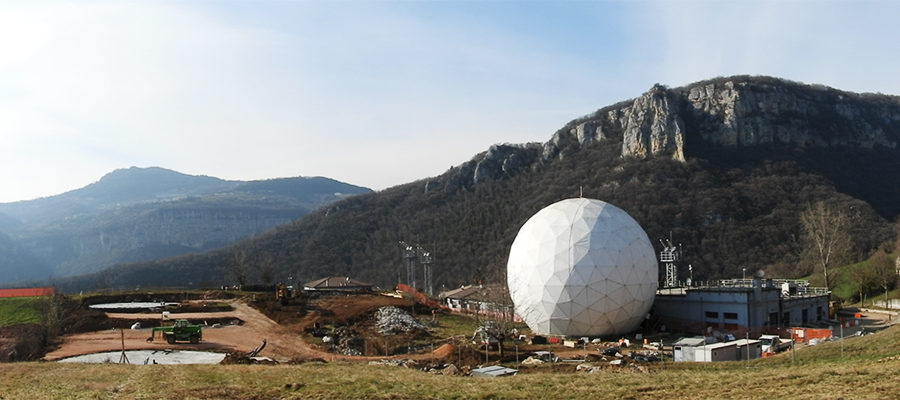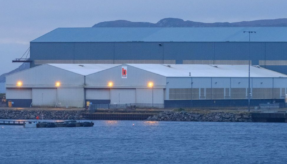
A project is currently underway designed to upgrade the satellite stations linking NATO’s deployed forces.
The Satellite Ground Station project is being undertaken by the NCI Agency and industry partners, which will see two new multi-antenna stations in Belgium and Italy being procured and two further stations in Greece and Turkey being upgraded.
The contract will also provide options for industrial support arrangement for the resulting capability for 20 years.
Leonardo is the prime contractor for the work, along with Telespazio, ViaSat, Saint-Gobain, Siemens, and the support of local contractors.
Following physical infrastructure works, a major technical upgrade of the system will be undertaken, resulting in a total of four antennas that will be managed from a common control room.
This upgrade will not be the last in NCI Agency’s satellite improvement programme. A major contract will be announced later this year, worth some E1.5Bn billion for satellite bandwidth capacity, as well as a E200M contract for satellite terminals to support NATO’s Response Force. Details will be briefed at the Agency’s upcoming Industry conference, NITEC17.
“We have a static infrastructure that provides connectivity to our commands throughout NATO, located throughout our 28 nations. That static piece is one we sustain from day to day, and an important piece of that static communications is satellite. Deployments for operations have become a somewhat primary use of satellite communications for NATO.
“We depend on industry heavily. Of course, we do have our ability from a ground infrastructure perspective to allocate bandwidth and do the separations that are necessary to get our abilities to deployed forces,” said Dr Gregory Edwards, Director of Infrastructure Services at the NCI Agency about the importance of satellite capabilities for NATO.
If you would like to join our community and read more articles like this then please click here








